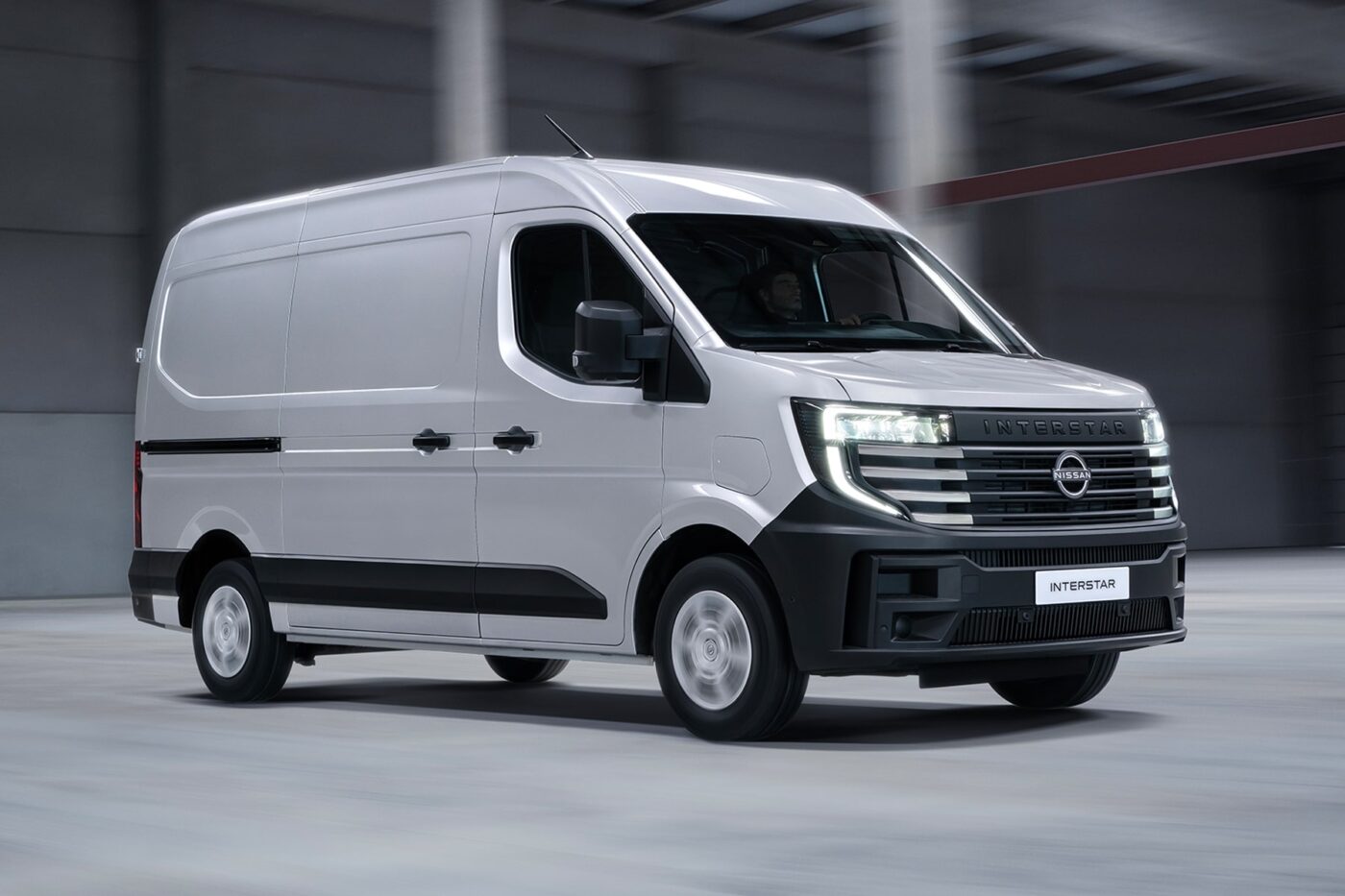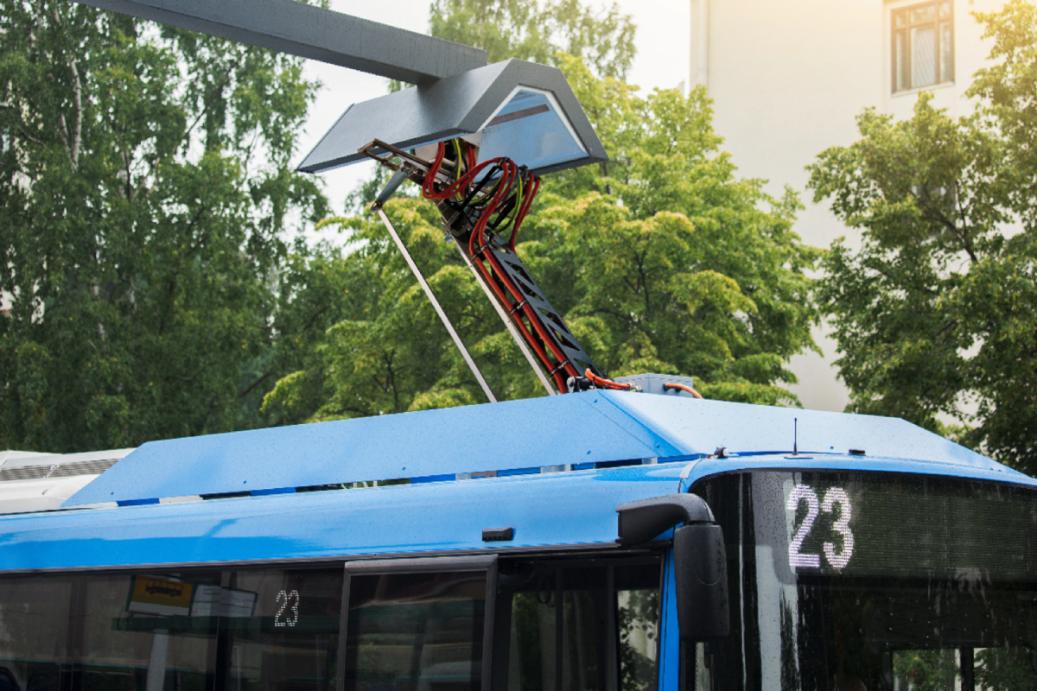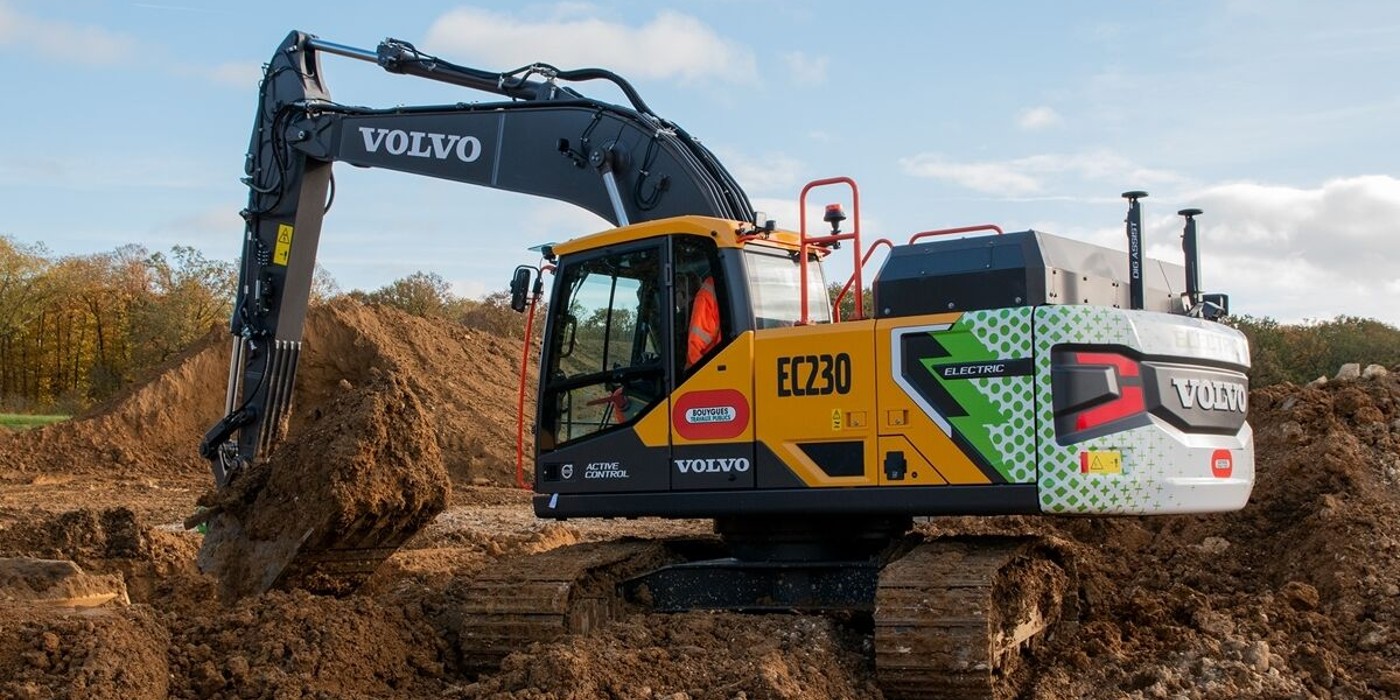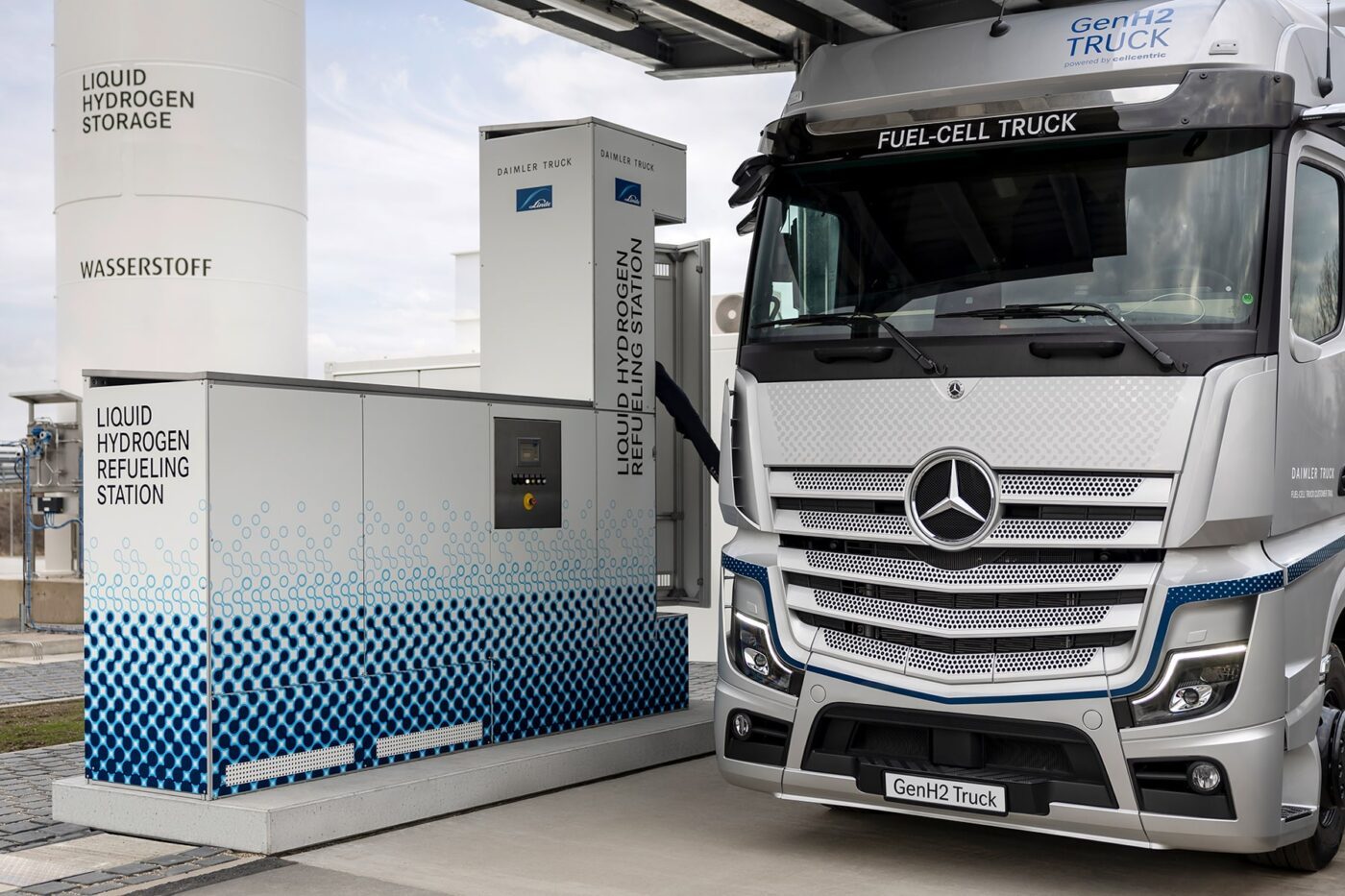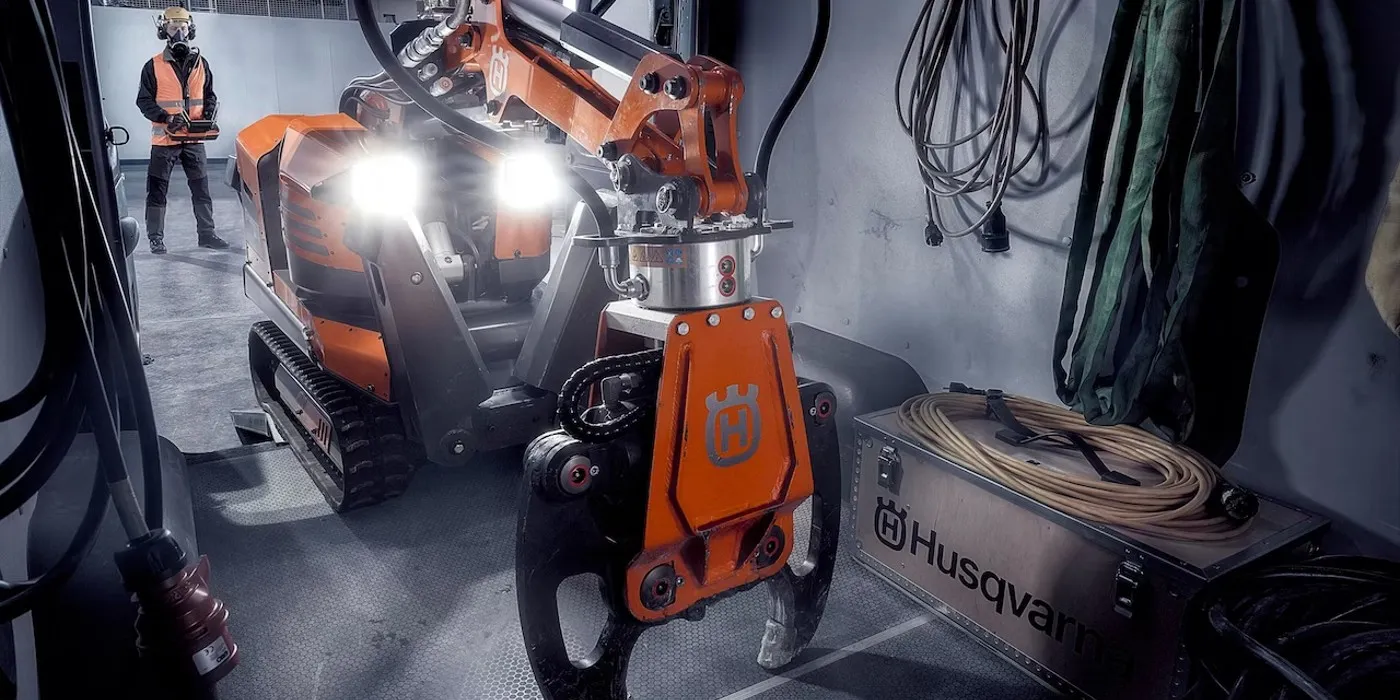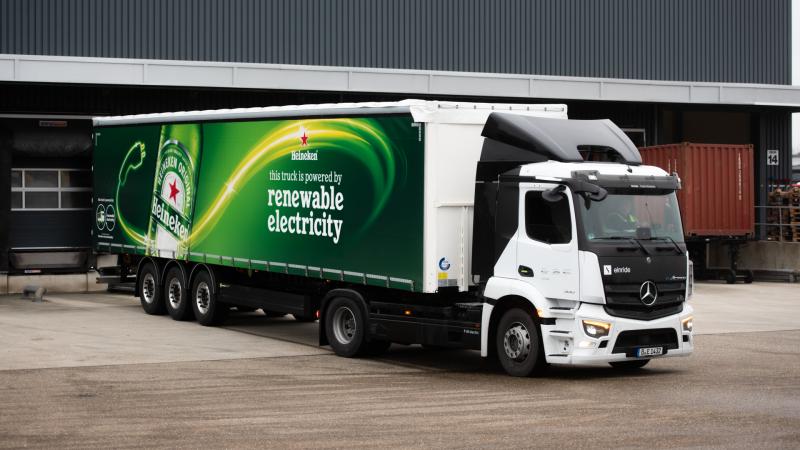Nissan introduces the latest generation of its large Interstar van, marking the debut of an all-electric variant. The electric Nissan Interstar-e, boasting a range of up to 460 kilometers, shares its technology with the Renault Master E-Tech, underscoring the collaboration within the Renault-Nissan-Mitsubishi Alliance.
Aligned with Renault’s unveiling of the fourth-generation Master E-Tech in November, Nissan’s Interstar-e utilizes the same platform and offers similar battery options, ranging from 40 to 87 kWh. While Renault initially cited a range of 170 to 410 kilometers, Nissan’s Interstar-e boasts an extended range of 200 to 460 kilometers according to WLTP standards.
See also: Nissan and Mitsubishi Announce Investment in Renault’s Electric Vehicle Division, Ampere
Details regarding the electric motor in Nissan’s model remain undisclosed, although it is expected to mirror Renault’s offerings, featuring a 96 or 105 kW unit. The charging capabilities align closely with Renault’s specifications, enabling rapid charging of 252 kilometers (with the large battery) or 200 kilometers (with the small battery) in 30 minutes, and full AC charging from 10 to 100% state of charge in under four hours.
Designed for versatility and efficiency, the Nissan Interstar-e boasts a permissible total weight of four tonnes, with a maximum towing capacity of 2.5 tonnes and a payload of up to 1.6 tonnes. Nissan emphasizes improved dimensions, enhanced aerodynamics, and customizable options for conversions, including tipper, flatbed, and panel van configurations.
The interior of the Interstar-e features updated amenities such as durable seat covers, heated seats, and an improved infotainment system, along with an array of safety features including emergency brake assist and fatigue warning systems.
Nissan announces pre-sales for the Interstar-e to commence in spring, with deliveries slated for summer. The launch aligns with Nissan’s broader electrification strategy, aiming to fully electrify its van model range by 2026, with the Interstar-e playing a pivotal role in this transition.

